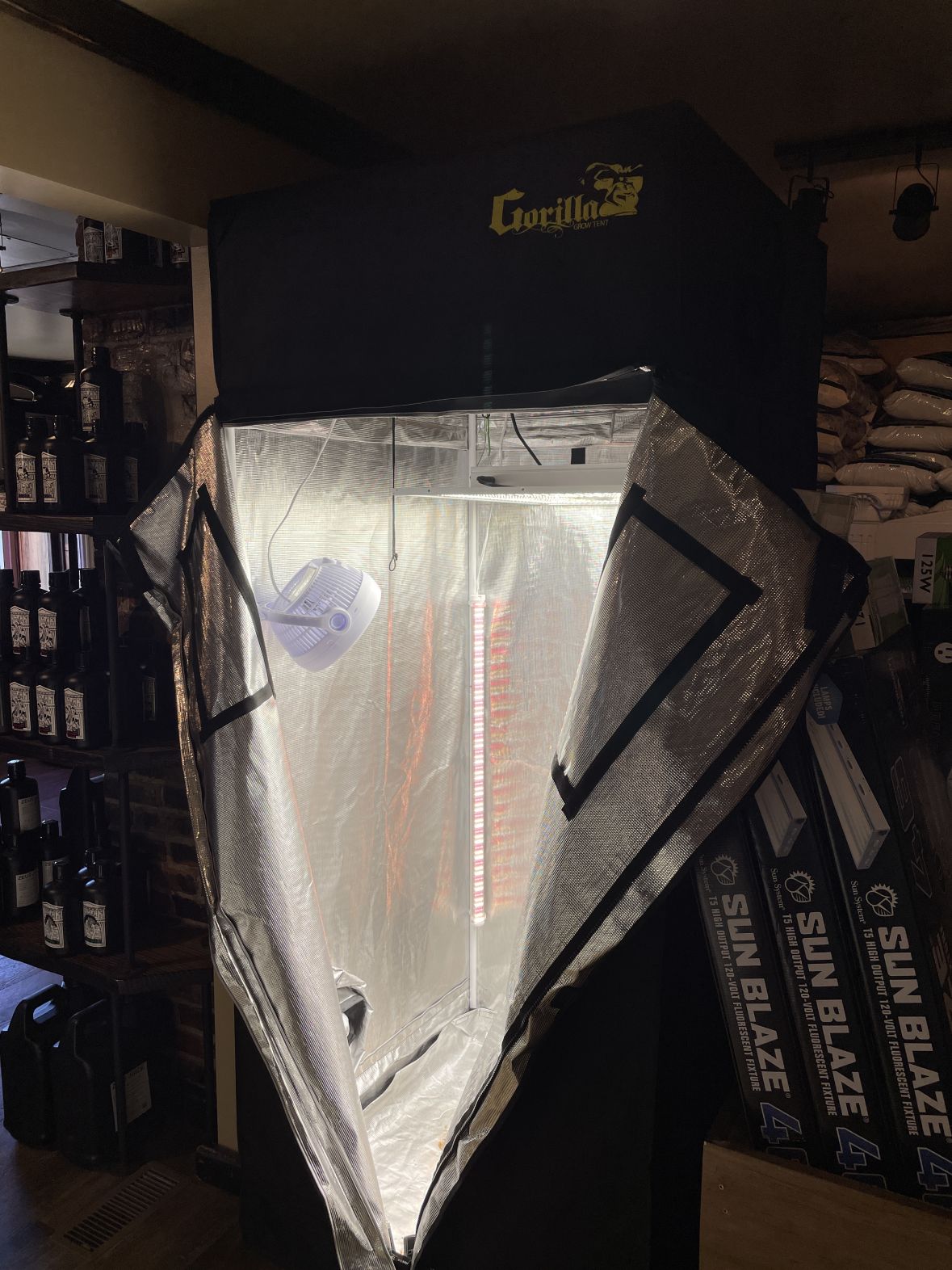Unleash Your Green Thumb: The Indoor Earthworm's Planting Process Demystified
Unlocking the Prospective of Hydroponics: Recognizing Its Uses and Different Kinds
Hydroponics, a method of growing plants without soil, has actually amassed increasing interest for its prospective to change agriculture and gardening techniques. The precision control over nutrient shipment, water use, and ecological factors provides a peek right into a future where food manufacturing can be maximized in different settings. As we browse via the detailed landscape of hydroponic systems and techniques, it becomes apparent that each technique holds distinctive benefits and limitations. By deciphering the diverse uses and kinds of hydroponics, we can discover a world of possibilities that may reshape exactly how we picture lasting farming and horticulture techniques.
Advantages of Hydroponic Equipments

An additional benefit of hydroponic systems is the ability to grow plants in a smaller sized area. Hydroponic systems decrease the risk of soil-borne diseases and parasites, as there is no dirt to harbor these threats.
Usual Utilizes in Agriculture

Provided the efficient water preservation and space-saving benefits of hydroponic systems, it is apparent that these innovative farming methods have actually discovered common usages in different sectors of farming. The controlled environment of hydroponic systems allows year-round cultivation, giving a constant supply of fresh fruit and vegetables regardless of external weather condition conditions.
Hydroponics is generally utilized for growing a selection of crops, consisting of leafy eco-friendlies, tomatoes, cucumbers, natural herbs, strawberries, and peppers. Its flexibility includes vertical farming, city agriculture, and greenhouse production. In addition, hydroponic systems are used in study and academic setups to study plant growing, growth, and nutrition strategies. The adaptability and effectiveness of hydroponics make it a valuable tool in contemporary farming, addressing the difficulties of sustainability, food protection, and source optimization.
Exploring Different Hydroponic Strategies
What are the various innovative techniques made use of in hydroponics to boost plant growing effectiveness and generate? Hydroponic systems provide a series of methods that deal with different plant types and cultivation objectives. One preferred strategy is the Deep Water Society (DWC) system, where plant roots are submerged in a nutrient solution, providing enough oxygen and nutrients. An additional extensively used method is the Nutrient Film Strategy (NFT), which entails a shallow stream of nutrient service flowing over the plant origins, promoting water and nutrient uptake. Furthermore, the Ebb and Flow system, also called the Flood and Drainpipe system, periodically floods the plant roots with nutrient remedy, enabling for oxygenation during draining pipes durations. Aeroponics is an additional sophisticated method that involves misting plant origins with a nutrient option, taking full advantage of oxygen absorption and nutrient uptake. Each of these techniques showcases the versatility and effectiveness of hydroponic systems in improving crop development and yield.
Contrasting Various Hydroponic Systems
Discovering the efficiency and return improvement methods in hydroponics leads us to contrast various hydroponic systems offered for plant cultivation. Each hydroponic system has its special functions, benefits, and limitations, making it vital for growers to select one of the most ideal system based on their particular demands and restraints.
One of the most common hydroponic systems is the nutrient film method (NFT), where a thin film of nutrient service constantly streams over the plant roots. In contrast, the deep water culture (DWC) system submerges plant roots directly right into the nutrient remedy, providing ample oxygen and nutrients.
Another popular hydroponic system is the ebb and circulation (or flooding and drainpipe) system, which occasionally floodings the plant roots with nutrient service before draining it. This cyclic process ensures proper oygenation for the roots while delivering nutrients efficiently. Additionally, the aeroponic system puts on hold plant origins in the air and mists them with a nutrient solution, advertising quick growth and high oxygenation degrees. Farmers seeking a flexible system that reduces water usage frequently opt for aeroponics. By recognizing the distinctions between these hydroponic systems, growers can make educated decisions to make best use of plant return and quality.
Technologies in Hydroponic Innovation
One essential advancement is the growth of smart hydroponic systems that utilize sensors and automation to keep an eye on and readjust environmental conditions such as pH levels, nutrient concentrations, and light direct exposure in real-time. These systems make it address possible for specific control over growing conditions, leading to optimum plant development and higher crop yields.
One more remarkable advancement is the integration of vertical farming techniques with hydroponic systems, permitting the growing of plants in piled layers. This upright strategy optimizes room application, making it excellent for urban environments where land schedule is restricted - The Indoor Earthworm. In addition, using innovative LED lights systems customized to details plant needs has actually enhanced energy effectiveness and improved growth rates in hydroponic setups
Developments like these are driving the evolution of hydroponics, making it a sustainable and extremely eye-catching choice for modern farming.
Final Thought
In conclusion, hydroponics offers countless benefits in farming and has different strategies and systems that can be made use of to maximize its potential. Technologies in hydroponic innovation remain to enhance efficiency and sustainability in food manufacturing. By comprehending the usages and different types of hydroponic systems, farmers and cultivators can unlock the complete capacity of this innovative approach of growing plants without dirt.
Additionally, hydroponic systems enable for better control over nutrient levels, pH equilibrium, and ecological problems, leading to healthier plants and greater yields.
